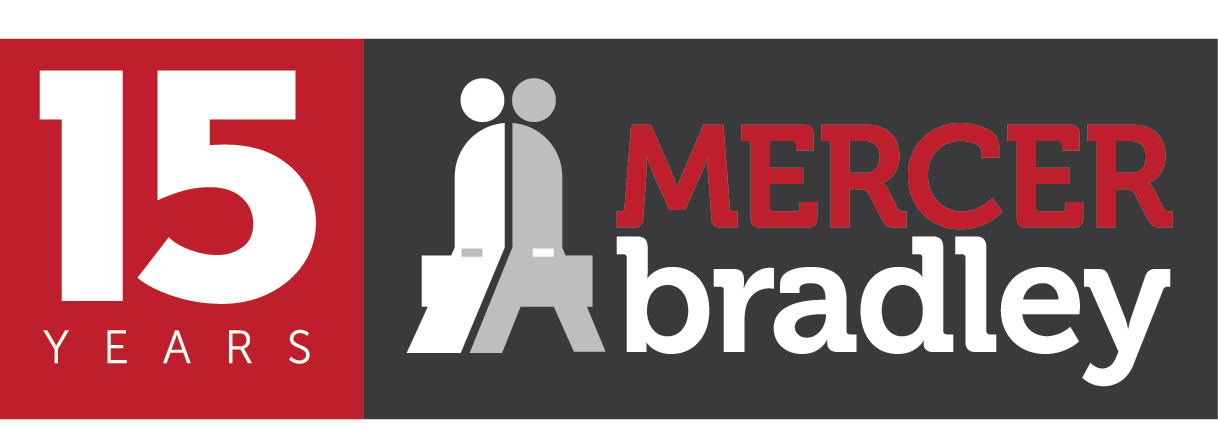Planning, structuring, and crafting a great meeting provides many benefits. This process saves time and money, increases engagement and productivity, and elevates team morale.
Understanding how to plan, structure, and craft a great meeting takes time, effort, and practice. These suggestions can help.
Follow these guidelines to plan, structure, and craft a great meeting.
Determine Whether a Meeting Is Required
You should plan a meeting to reach certain objectives:
- Brainstorming or problem-solving
- Topics that require discussion or decision-making
- Planning sessions with many elements
- Networking and relationship-building
In contrast, you should send an email for the following:
- Planning logistics
- Checking in
- Requesting something
- Sharing information
- Making an announcement
Decide Whether to Plan an In-Person or Virtual Meeting
Planning an in-person meeting provides many benefits:
- Face-to-face interactions support higher-quality communication.
- Sharing a physical space builds rapport, informal bonding, and trust.
- Interpreting body language supports a deeper, more accurate understanding of the messages shared.
Planning a virtual meeting provides different benefits:
- Increasing participant accessibility supports flexibility, inclusivity, and collaboration.
- Participants can join the meeting from anywhere, freeing up time for other activities during the day.
- A lack of travel expenses saves money.
Clarify the Meeting Objectives
Define the purpose of the meeting. Examples include:
- Goal setting
- Decision-making
- Problem-solving
- Project planning
Be as clear and concise as possible about the meeting objectives. Include results-oriented terms and actionable goals.
Create a Meeting Agenda
Clarify the timeframe and specific topics to be discussed during the meeting. The following example is for a 60-minute, 10-member meeting about a complex team project:
- Introduction (2 minutes)
- Review previous meeting notes (2 minutes)
- Present objective or problem (3 minutes)
- Brainstorming (10 minutes)
- Team report (10 minutes)
- Questions (3 minutes)
- News (10 minutes)
- Questions (3 minutes)
- Updates from chief executive (5 minutes)
- Closing statements and clarification of actions, owners, and timelines (5 minutes)
Send Meeting Invitations
Email a calendar invitation and the meeting agenda to the participants. Limit the number of attendees to maintain engagement and productivity.
Include the role of each participant:
- Facilitator
- Timekeeper
- Notetaker
- Leaders reporting on their department or project
- Stakeholders reporting on their area of department or project responsibility
- Key decision-makers
Encourage Collaboration
Provide a safe space for participants to share ideas, perspectives, and feedback. Remind everyone to stay on topic, be respectful, and take turns speaking.
Properly Close the Meeting
Finish the meeting with clear actions, owners, and timelines:
- Actions to take
- Each action’s fit with the broader objective
- Who is responsible for each action
- Whom to report to for each action
- Deadlines
- Key metrics
- Date and time for a follow-up meeting
Are You Looking for Accounting and Finance Professionals or a Job Change?
Mercer Bradley can match Manitoba employers with experienced accounting and finance professionals to help reach company goals. Contact us to learn more today!
We also can match accounting and finance candidates with roles that fit their goals, skills, and experience. Visit our job board to apply for a role today!




Leave a Reply